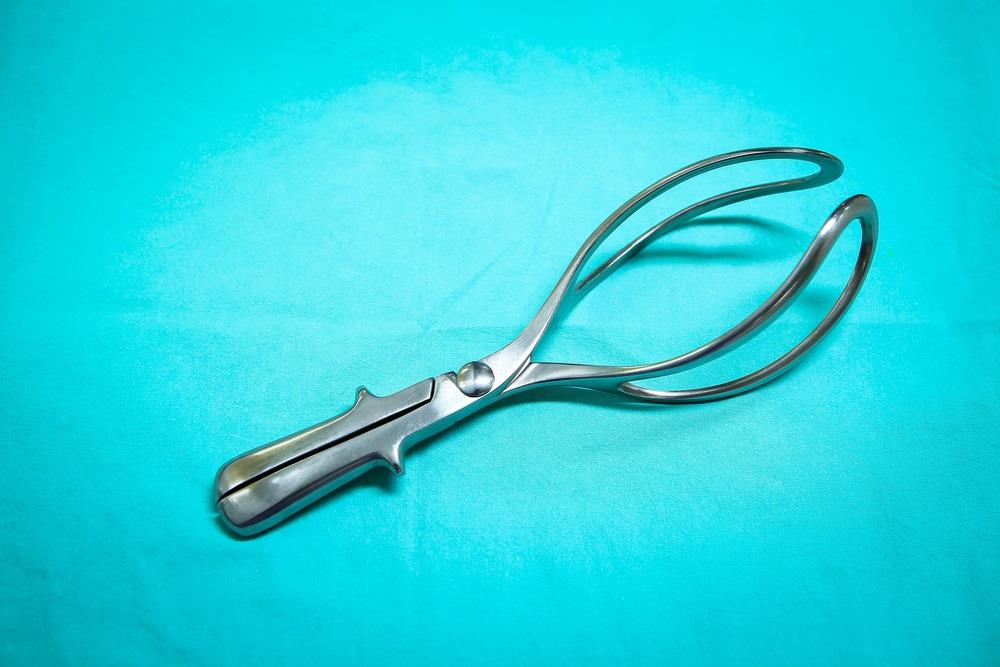This course is part of the RCOG Core Knowledge series.
This course outlines the basic principles of when to intervene and how to assess and conduct an instrumental birth. The course will guide you in learning the practices of safe, instrumental deliveries.
When you have completed this course, you will be able to:
- identify the common indications, prerequisites and contraindications for instrumental birth
- describe the relative advantages and disadvantages of ventouse cup versus forceps birth for non-rotational assisted vaginal birth in varying clinical situations
- describe a safe method of birthusing non-rotational forceps or ventouse cup
- outline the common complications and morbidity associated with assisted vaginal birth
- discuss methods that may be used to minimise or reduce these risks
- describe the indications, technique and potential complications of rotational forceps and ventouse cup births.
Dr Lynda Mary Verghese MRCOG (2011, 2013, 2016, 2020)
Dr Verghese is a Consultant Obstetrician and Gynaecologist at Wrexham Maelor Hospital.
She completed her undergraduate training at Kasturba Medical College, Manipal in India followed by MS postgraduate training in obstetrics and gynaecology at the Manipal Academy. Her MS dissertation was on the evaluation of postpartum haemorrhage comparing carboprost and methyl ergometrine.
In 2006 she worked as a research fellow at the Royal London Hospital with Ms Beski, Dr MacCallum and Professor Macey on research regarding early predictors of pre-eclampsia. She attained her CCT in obstetrics and gynaecology from North West Deanery in 2015 and worked in busy tertiary labour ward units in Birmingham and Manchester. Her special interests are labour ward lead, maternal medicine and advanced labour ward practice. She is part of the training faculty of the RCOG Operative Birth Simulation Training (ROBUST) course.
This course is intended to help clinicians gain core knowledge for O&G training and the MRCOG examinations. It can also be used by O&G consultants to refresh their knowledge of the area or for teaching.
The content of this course relates to the following Capabilities in Practice (CiPs) and key skills:
CiP 1: Clinical skills and patient care
History taking, clinical examination and diagnosis
Facilitates discussions
Facilitates women's decision making,
CiP 2: Working in health organisations
Adheres to legal, professional requirements
Understands ethical principles
CiP 3: Leadership
Leadership skills
Demonstrates insight
CiP 10: Emergency obstetrics
Manages labour
Manages intrapartum fetal surveillance
Manages induction, augmentation of labour
Manages emergency birth, postpartum problems
CiP 12: Non-emergency obstetrics
Supports antenatal decision making
Further details about each CiP can be found within the O&G Core Curriculum 2024 Definitive Document, available here.
Product Details:
Product Name
Price
Forceps and ventouse - 12 Month Access
£64.80
Login to purchase
| Product Name | Price | |
| Forceps and ventouse - 12 Month Access | £64.80 | Login to purchase |

